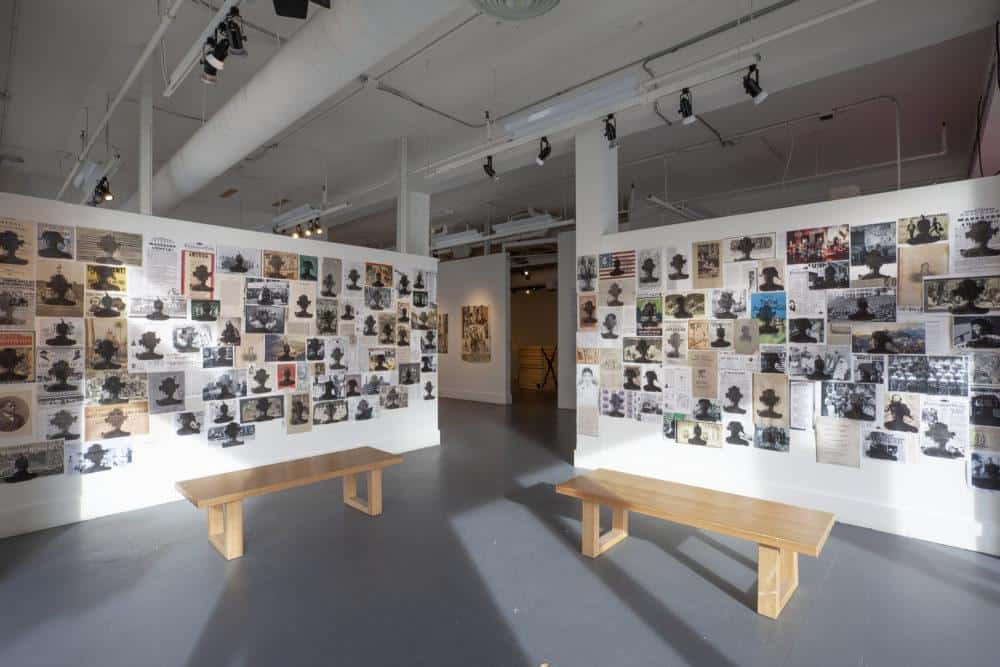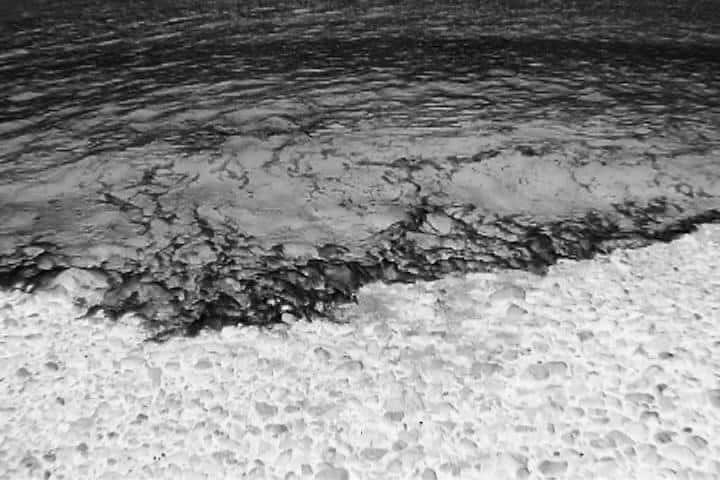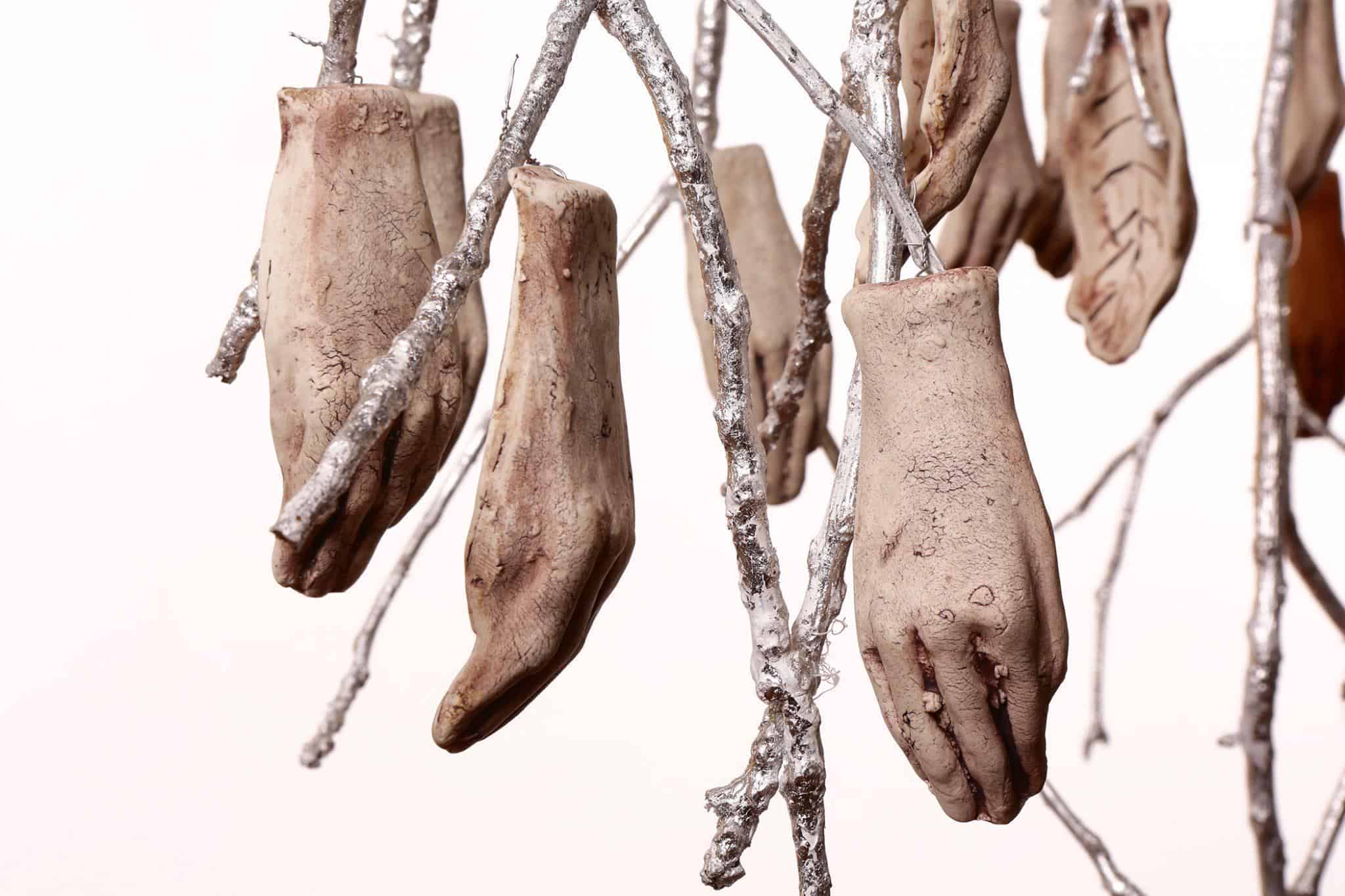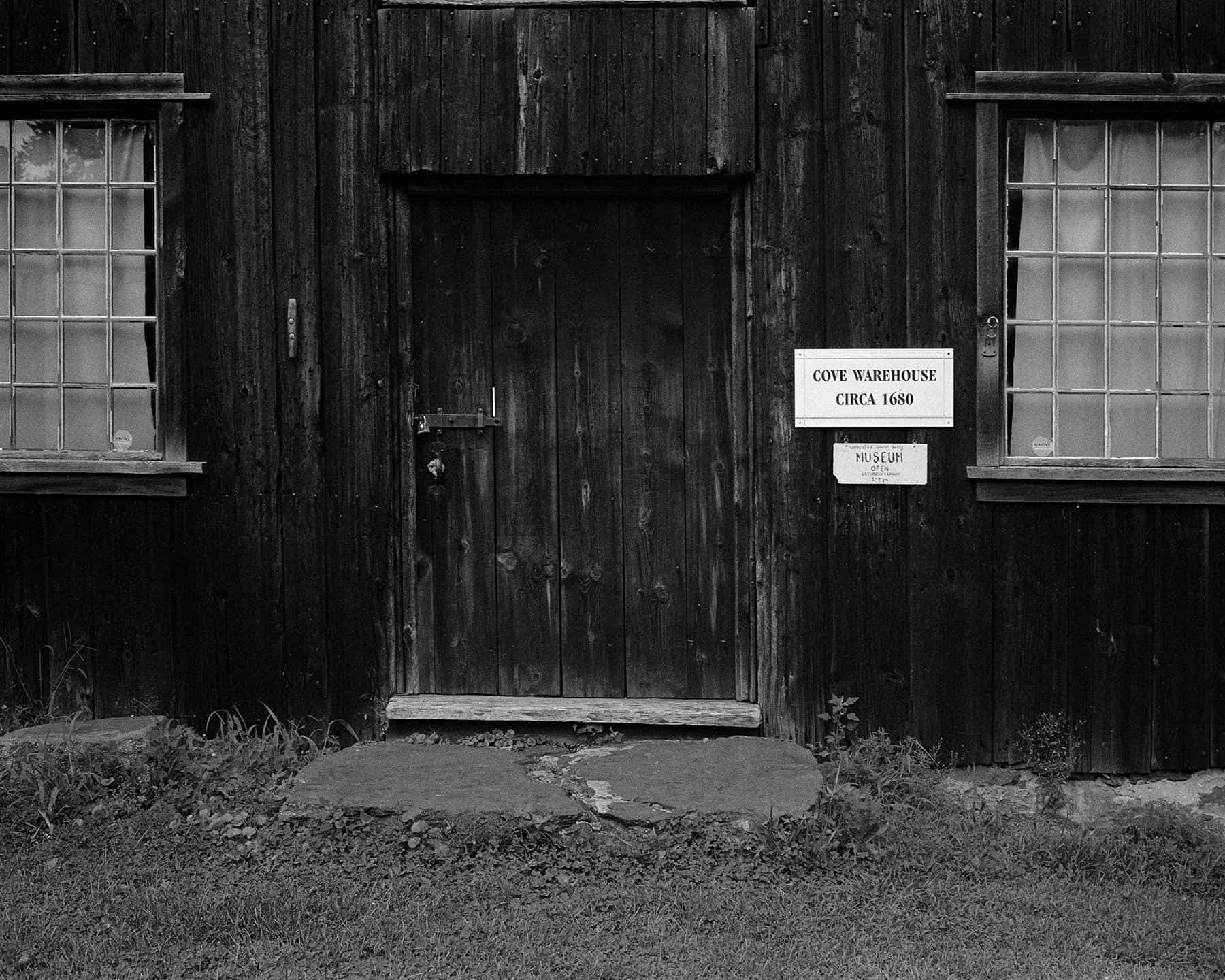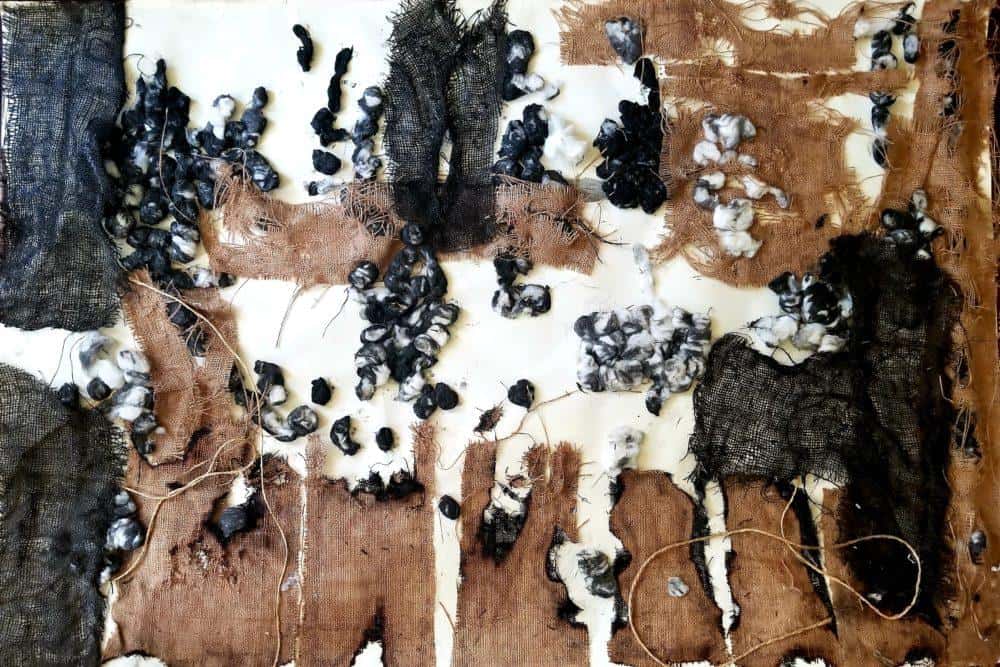
In Plain Sight/Site
Curated by Niama Safia Sandy
November 30, 2018—March 2, 2019
Jocelyn Braxton Armstrong, Kimberly Becoat, Coleman Collins, Adama Delphine Fawundu, Deborah Jack, Nate Lerner, James Montford, Tajh Rust, Tariku Shiferaw, and Maya Vivas.
Kimberly Becoat, from the High Cotton Series, Mixed medium.
In Plain Sight/Site is a group exhibition that explores Connecticut’s historic role in the making of New England as we know it. Developed by New York City-based anthropologist and curator Niama Safia Sandy, In Plain Sight/Site showcases an ensemble of ten artists engaged in the multi-disciplinary project of fastening the foundational economies and histories of early New England, and the Western world-at-large, to our present day relationships with labor, land, and race.
Featuring the work of Jocelyn Braxton Armstrong, Kimberly Becoat, Coleman Collins, Adama Delphine Fawundu, Deborah Jack, Nate Lerner, James Montford, Tajh Rust, Tariku Shiferaw and Maya Vivas, In Plain Sight/Site finds its roots in rivers, the sea, land and labor. Together, the artists reactivate and refigure New England’s involvement in the dispossession of Indigenous peoples, the circumnavigation of trans-Atlantic trade routes, and what has happened in its wake in New Haven, along the Connecticut River, and how these events echo across the globe. At its core, the exhibition is an endeavor to illustrate specific ways in which the cogs in the wheels of early American settler and economic movements and interventions on this land created a specific kind of historical blindness that allowed for systems of inequality to flourish and prevail even today.
This exhibition is made possible with generous support from the Andy Warhol Foundation of the Visual Arts and Friends of Artspace.
Niama Safia Sandy is a New York-based cultural anthropologist, curator, and essayist. She believes that we personify the wildest dreams and joys of our ancestors, and this philosophy serves as the central mandate of her work. She sees her role as an anthropologist, curator and writer as that of an agitator, one who endeavors to simultaneously call into question and make sense of the seemingly arbitrary nature of modern life, and to celebrate our shared humanity, while developing critical and creative modalities grounded in nuanced histories of our global society.
Reading Room Materials
- Edward E Baptist, The Half Has Never Been Told: slavery and the making of American capitalism (MPublishing, University of Michigan Library ©2014)
- Lisa Tanya Brooks, The Common Pot: The Recovery of Native Space in the Northeast (University of Minnesota Press, 2008)
- Katrina Browne, Traces of the Trade: A Story from the Deep North (documentary film, 2008)
- Robert Alan Dahl, Who Governs? Democracy and power in an American city (Yale University Press, ©1961)
- Christine M Delucia, Memory Lands: King Philip’s War and the Place of Violence in the Northeast (Yale University Press, 2018)
- Anne Farrow, The Logbooks: Connecticut’s Slave Ships and Human Memory (Wesleyan University Press,
2016) - Lorenzo J Greene, The Negro in Colonial New England: 1620-1776 (Columbia University Press, ©1942)
- Saidiya Hartman, Lose Your Mother: a journey along the atlantic slave route (Farrar, Straus and Giroux, 2013)
- William Melvin Kelley, A Different Drummer (Tabb House, ©1986)
- Amy E Den Ouden, Beyond Conquest: Native Peoples and the Struggle for History in New England (University of Nebraska Press, 2005)
- Wendy Warren, New England Bound: Slavery and Colonization in Early America (Liveright Publishing Corporation, 2016)
- Craig Steven Wilder, Ebony and Ivy: Race, Slavery, and the Troubled History of America’s Universities (Bloomsbury Press, 2014)
Online Resources
- https://native-land.ca/
- Interactive website for Lisa Brooks’s Our Beloved Kin https://ourbelovedkin.com/
awikhigan/index - William Apess Son of the Forest, among the first book ever published by a Native person https://archive.org/stream/
sonofforestexper00apes?ref=ol# page/n7/mode/2up - Yale Indian Papers Project https://yipp.yale.edu/about
-
A History Colony of New Haven, Tee Union with Connecticut http://longislandgenealogy.
com/NewHaven.pdf - https://www.npr.org/2016/06/
21/482874478/forgotten- history-how-the-new-england- colonists-embraced-the-slave- trade - http://www.
newenglandhistoricalsociety. com/slave-trade-took-root-new- england/

